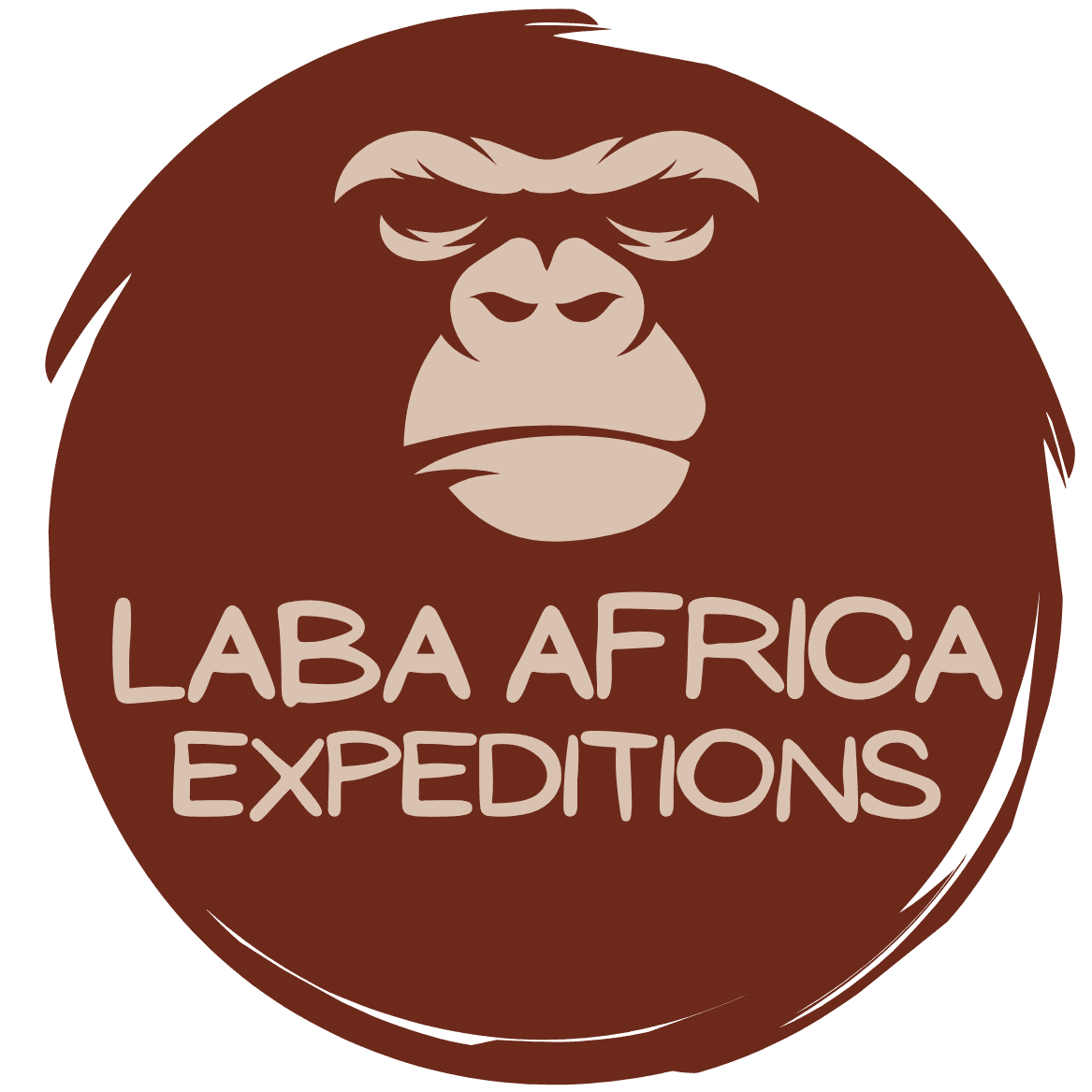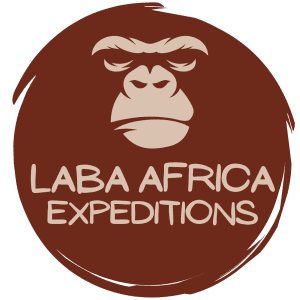DISCOVER KENYA
Cultural Tours in Kenya
Cultural Tours in Kenya: Located in the East African Republic, Kenya is one of the most visited African countries, boasting world-class adventure and wildlife safaris. Kenya cultural tours on the other hand take travelers through Kenya’s diverse and indigenous cultures and traditional practices of Kenya’s various tribes.
Over the years, Kenya’s culture has been greatly affected by migrants, ex-pat labor, and inter-marriages that happened since the emergency of the first foreign settlers on the East African Coast. Kenya is home to over 42 tribes, the majority of which are the Maasai, Kikuyu, Kalenjin, Kamba, Luo, and Luhya. Thus, while on Cultural Tours in Kenya, travelers have a chance to explore some of Africa’s most primitive tribes as well as those that have accepted contemporary ways of life in the big cities and islands.

Determined by the main tribes in the region, each of Kenya’s big cities presents its unique cultural style including language, traditions, and beliefs. Moreover, each tribal group still speaks its language, but Swahili helps bring everyone together. Despite English being Kenya’s official language, Swahili still dominates the country.
While on Cultural Tours in Kenya, visitors have a chance to experience culture at its core, as they learn and participate in a variety of traditional practices. Tap into various traditional languages, beliefs, ceremonies, pastoral life, and food delicacies, among others, all portraying Kenya’s indigenous cultural heritage. Let us look at Kenya’s most popular cultures that are explored on Cultural Tours in Kenya.
The Maasai Tribe
The Maasai tribe is a small indigenous tribe of over 841,000 people and is one of the most sought-after cultures on Cultural Tours in Kenya and in East Africa as a whole. In Tanzania, the Maasai are found in the northern region, and in Kenya, they reside in the southern region. Traditionally nomadic pastoralists, the Maasai speak a language called “Maa,” which is in close relationship to the Kalenjin. Their entire livelihood depends on rearing livestock, especially cattle; however, with modern integration, some Maasai societies are slowly adapting to subsistence farming. Because of the necessity to locate fresh grazing grounds for the cattle, they are semi-nomadic.
The Maasai culture is one, you shouldn’t miss while on a Kenya safari. Their communities feature families living in clusters of 10 to 20 small houses enclosed by thorny fences to keep predators out. Each closure is known as Enkang. The Maasai believe in a supreme god, called ‘Enka.’ The Maasai ‘Moran’ is an important rite of passage for men who live in seclusion for a length of time, learning tribal norms and building strength, fortitude, and endurance to become the ‘warriors’ they are renowned to be. Among many things, the Maasai are known for their incredible height, and most tourists are fascinated by their colorful African shukas, jewelry, and spear-wielding customs. Nonetheless, the Maasai who live near the coast dress quite differently in Kikoi – a type of kilt that comes in various fabrics, colors, and their favorite stripes.
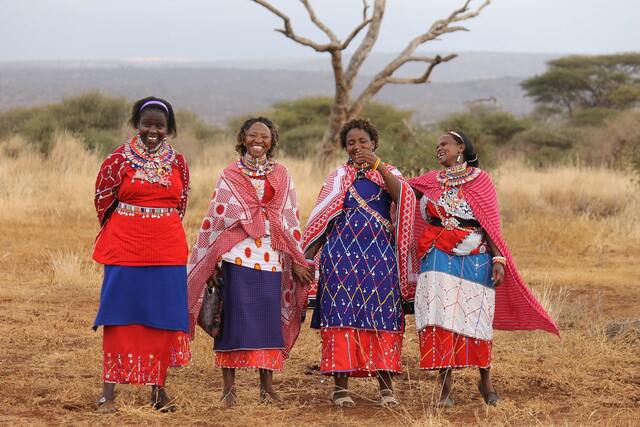
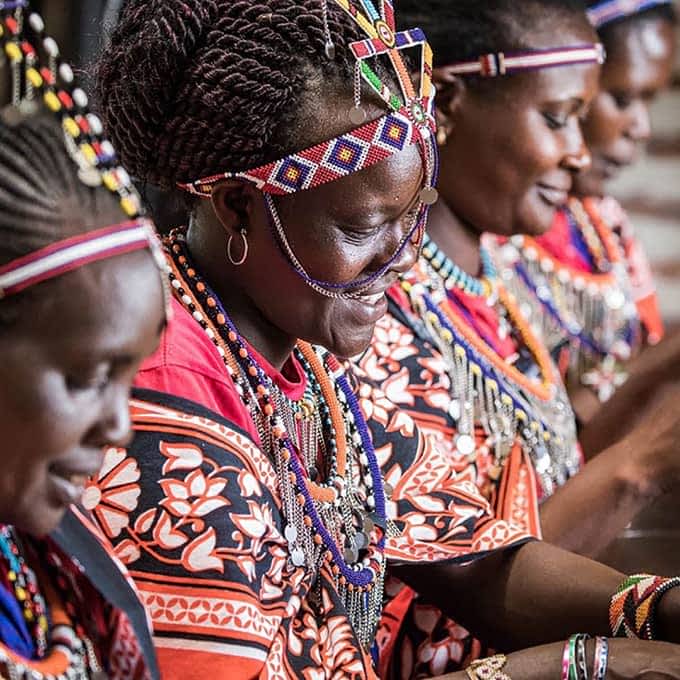
While on Cultural Tours in Kenya, visitors can explore the Maasai authentic nomadic lifestyle by visiting the Maasai Village in Maasai Mara National Park, at Loita Plains – Narok. Tourists will have the opportunity to explore the Maasai homesteads, meet elders and learn about the Maasai history and culture, as well as participate in their day-to-day activities. You may spend the evening with the Maasai and listen to folk music, and storytelling, or dance around the campfire. The highlight of any Maasai tour though, is the Maasai jumping dance. Aside from Masai Mara National Park, the Maasai can also be found on the outskirts of Meru National Park, Amboseli National Park, Lake Nakuru, and around the Laikipia Plateau.
The Samburu
Found in the Samburu County of Northern Kenya, the Samburu people are also a worthwhile tribe to visit while on Kenya cultural tours. Like the Maasai, the Samburu speak a language similar to the ‘Maa” language and also live a semi-nomadic lifestyle. However, the Samburu tend to be primitive and traditional, as they have held on to their old norms. The Samburu depend on cattle and other livestock such as goats, sheep, and camels for survival. Their diet contains mostly cattle milk and sometimes blood; but they also feed on vegetables, tubers, and roots.
The Samburu are nomadic pastoralists and are always on the move looking for pasture and water for their animals, given that their territory lies in dry barren land. They live in temporary huts constructed with mud, grass, and hide. The huts are fenced to protect the households from wild animals and these households are called Manyattas. Traditionally, the Samburu tribe Manyattas are often made up of between five to ten families.
While the men protect the tribe and cattle, the women specialize in nurturing children, preparing food, and other household chores. Samburu elders rule the Samburu tribe and are responsible for directing all traditional ceremonies including circumcisions and weddings. Initiation into manhood and womanhood is done through circumcision ceremonies and once the boys have undergone circumcision, only then can be considered warriors (Morans).
The Samburu people of Kenya can be visited as part of Kenya safaris to Samburu National Reserve. On Kenya cultural tours to the Samburu community, visitors can explore either on a walking safari or camel tour, in the company of Samburu tour guides. Visitors will immerse themselves in the cultural appeal of these nomadic pastoralists and enjoy traditional dances, singing, dancing, and stories about their culture.
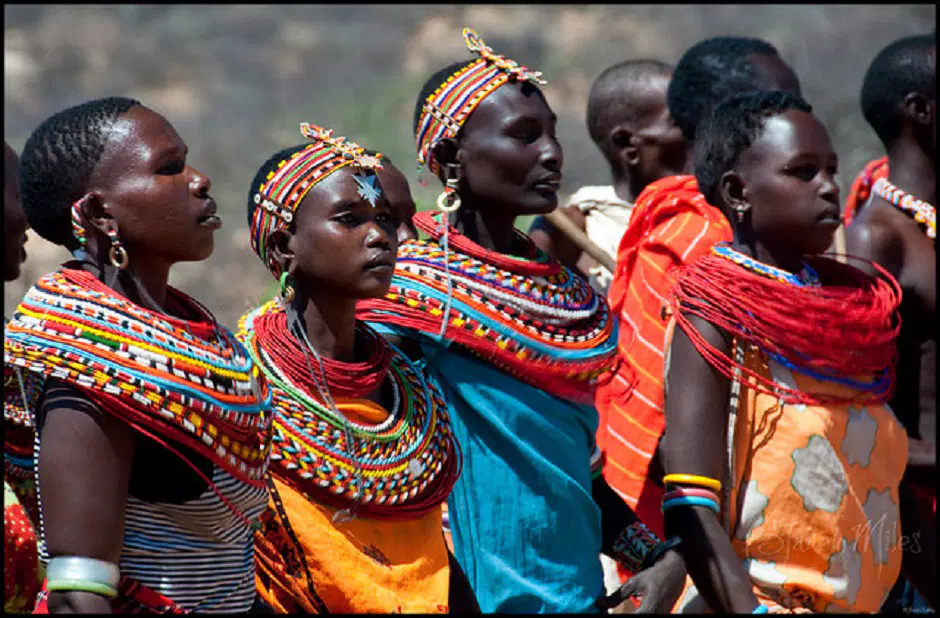
The Turkana and El Molo
Located on the shore of Lake Turkana, in northern Kenya, the El Molo is arguably the smallest tribe in Kenya numbering about 4,000 individuals. This tribe was once on the verge of extinction; thanks to the intermarriages between the Turkana and Samburu. Compared to other tribes like the Maasai and Luo, the El Molo are less known but, tourists will be glad to have visited this minority tribe of Kenya. In Samburu, the El Molo is also called “loo molo onsikirri,” which means, “the people who feed on fish.” On the other hand, the name El Molo came from a Maasai phrase that means, “people who depend on other sources other than cattle for survival.” And as the Maasai phrase goes, the El Molo are not livestock keepers: they depend on fish and occasion, crocodiles and hippos.
The El Molo’s livelihood is dependent on fishing and hunting for crocodiles and hippos in Lake Turkana. Hence, Lake Turkana is the source of food and survival for the El Molo. Although the El Molo population mostly comprises of mixed blood, the majority lead the El Molo way of life and adhere to the El Molo traditions. The El Molo people live in a small village on the shores of Lake Turkana, in circular thatched huts. The huts are constructed using doum palm fronds and acacia wood. Like the Samburu, they also wear colorful dresses, beaded necklaces, and bracelets. However, their dressing incorporates materials of goat, fish skin, bones, and teeth. But unlike the elders, the youth have mostly adopted the Western style of dressing.

The Luo
The Luo is one of the most dominant tribes in Kenya, and it is the fourth largest group of people in Kenya – forming 14% of Kenya’s total population. The ethnic group is said to have migrated from South Sudan and settled in Kenya in the western region of Nyanza. Others live in Kisumu, around Lake Victoria. Like other tribes in Kenya, the Luo are well conversant with Swahili and English; however, the Luo language is referred to as Dholuo. The language is taught in Luo schools to ensure that their heritage is maintained.
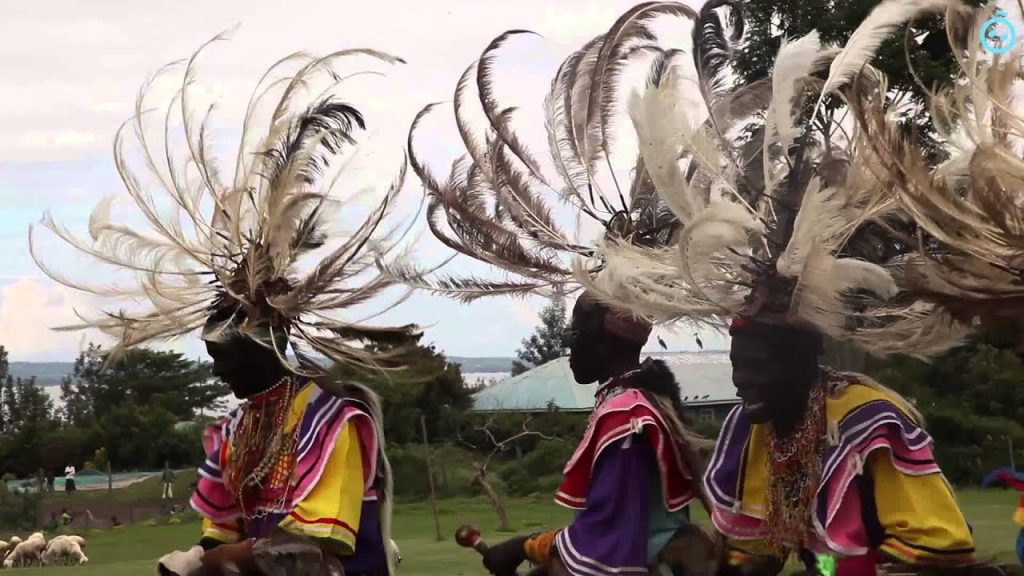
The Luo also depend on fishing for survival and as they often say, a Luo is incomplete without fish. Their reputation as professional mourners also precedes them, besides being pride. The Luo often hire locals to mourn during burials. Moreover, the Luo tradition of circumcision is quite different from other cultures where during circumcision, about six lower teeth are removed from the boys’ mouths. This is to tell the difference between the men and the boys. Aside from experiencing the Luo culture and traditions, tourists on Kenya cultural tours to the Luo community can also visit Lake Victoria, as well as the Kit-Mikayi rock – a rock of rich historical significance to the Luo people.
The Islamic Culture in Lamu
A UNESCO World Heritage Site, Lamu Old Town is one of the oldest towns that lie across the coast of Kenya. For visitors looking to experience the origin of the Swahili culture, Lamu Old Town is the place to go. Incorporating other islands such as Kiwayu, the town features a picturesque setting of small streets that spread across a network of beautiful stone houses, markets, and several shops. Lamu is traditionally a Swahili and Muslim town where everything, from the people, food, and structures portrays the rawness and survival of Indian, Arabic, Persian, and European cultures. People here still ride dhows to navigate the Indian Ocean and donkeys on land.
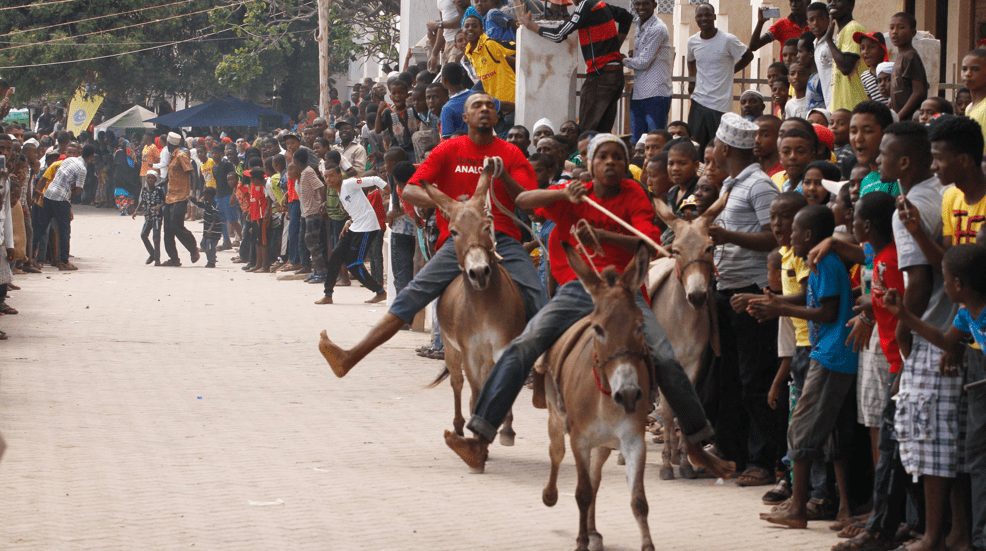
Tourists on Kenya Cultural Tours to Lamu can explore and learn about the early life of the first Arab traders from the 11th century and the origin of Swahili culture. Moreover, take time to check out the variety of exotic food spices, and explore the town’s narrow streets and ancient structures. Tourists may also take to Lamu’s pristine beaches and swim with the dolphins, enjoy dhow tours, to mention but a few.
